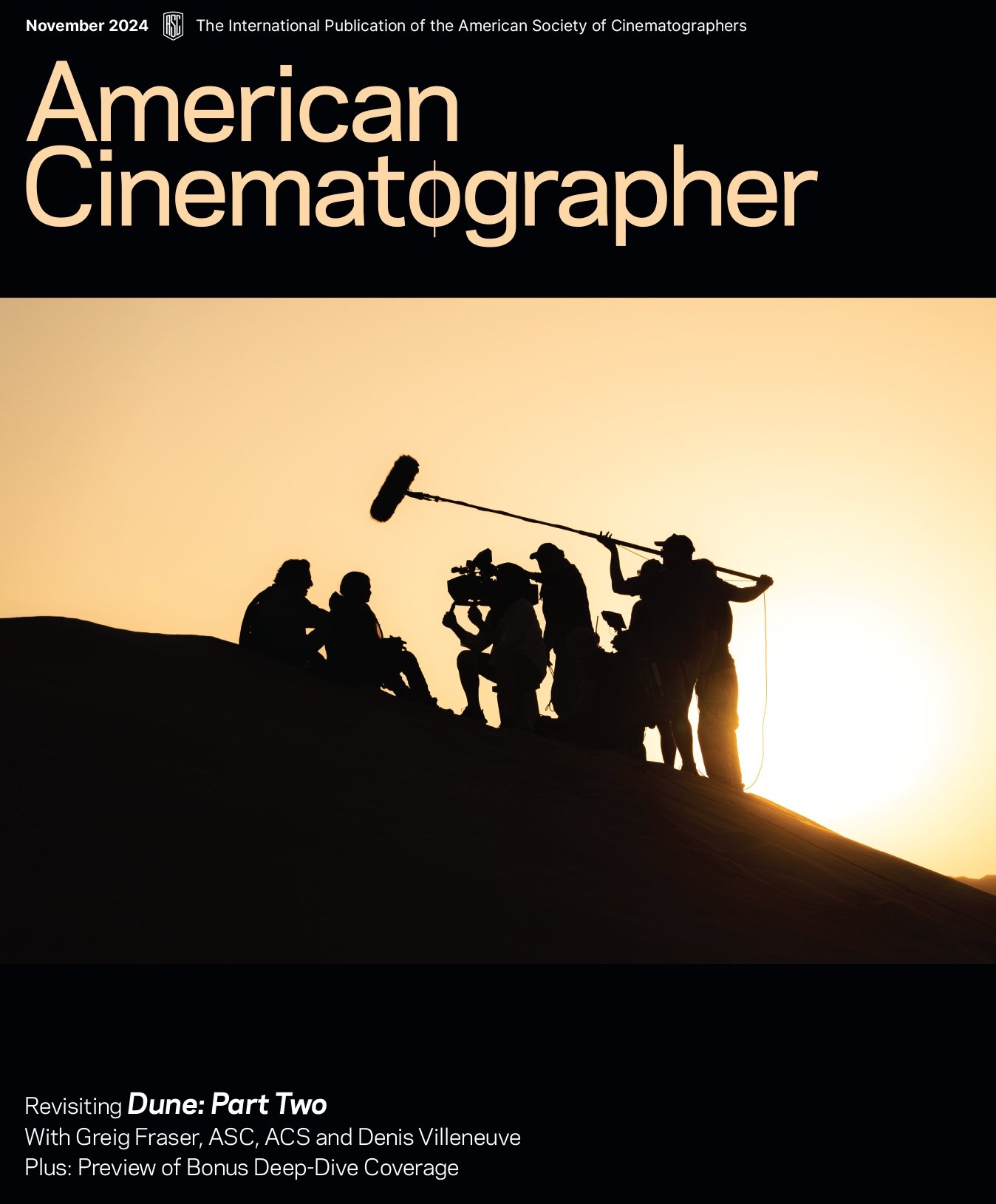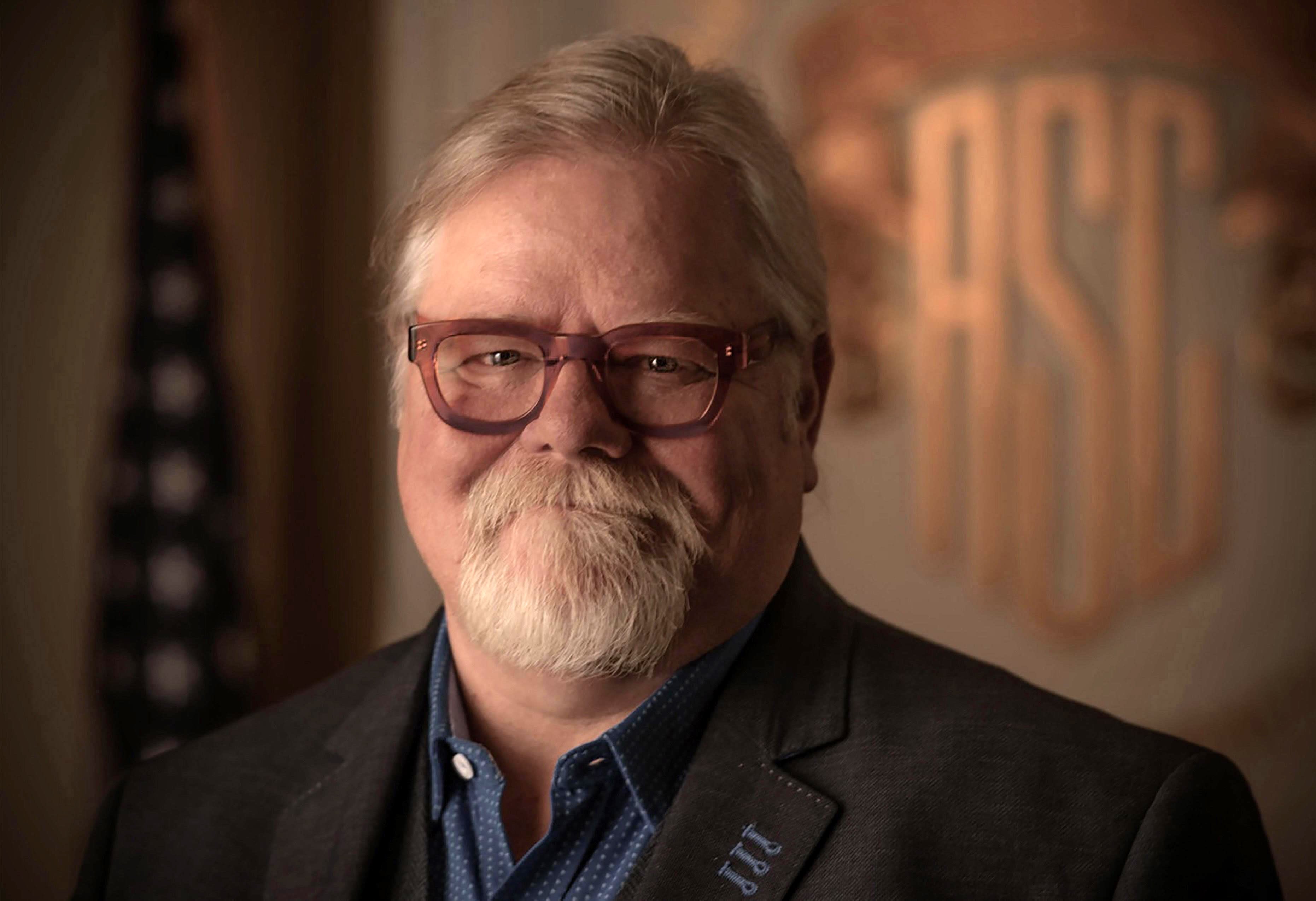
President’s Desk — November 2024
“When digital technology first became a viable tool for moviemaking, the idea of previsualization morphed into something different.”

Surveying the productions that are covered in this issue, I recognize one common element: previsualization.
I don’t mean VFX previs, but rather the process of a cinematographer’s conception of the film in its final form and previsualizing how their images will create a connection between the story, direction and performances to help those elements land with sincerity for the audience. The actual art of previsualization grew from working in film. Technically speaking, you did not get what you saw. Cinematographers needed to imagine the film-stock characteristics, exposure and development process, and allow for how all these steps affect color rendition, contrast and tone. We had to light and shoot an image that would only be finalized at the end of the workflow, in accordance with our understanding of the entire film manufacture and chemical-development and printing process.
This method of image construction extended quite naturally to the previsualized elements used in designing a film’s visual narrative during prep. The thematic pre-planning stages came as naturally as ordering a camera package, and assumed a major role in how movies were conceived and shot (at least for me). When we watched projected images at the lab at 5 a.m., we could appreciate how our images resonated in a dark room.

I noticed that when digital technology first became a viable tool for moviemaking, the idea of previsualization morphed into something different. Cinematographers now had the luxury to react to what they saw on the monitor in terms of color, density and contrast. I began to see young cinematographers abandon previsualization steps during prep altogether, in favor of doing the bulk of their visual-design work after viewing a monitor image on set. I would sometimes caution students that if they delayed planning their visual concepts until they were offered an image to consider, most of their work on set might feel, to the viewer, like scratching the surface. A director of photography might be able to make an image look cool, but would that image have depth and soul?
Whether you’re shooting a large-scale fantasy story in a built world or a small domestic drama, the act of previsualizing at an early stage inspires you to develop your thematic reasons why. These conceptual elements, established early on, can provide a relatably human, narrative purpose for the visual strategy.
I should note that there are as many ways to perform the job of cinematographer as there are cinematographers! The true art is to find a working method that speaks to you, unlocks your spirit and allows you to shoot from the heart. I believe that an audience can often feel visual authorship even more than they can see it.
Best regards,
Shelly Johnson
ASC President





